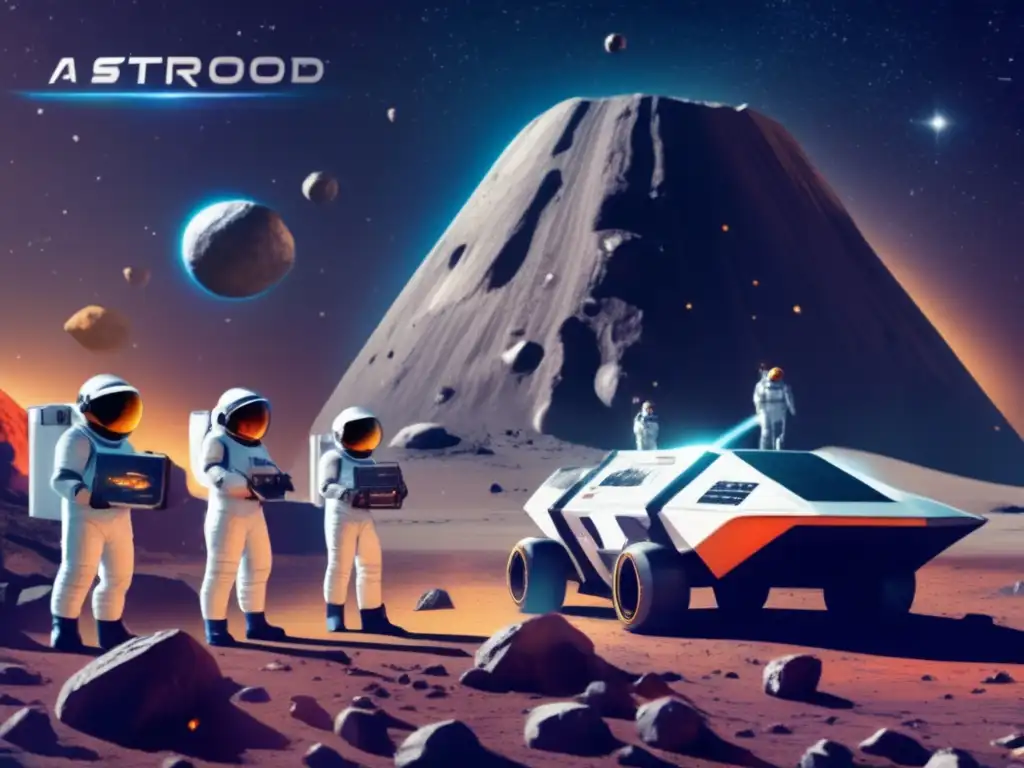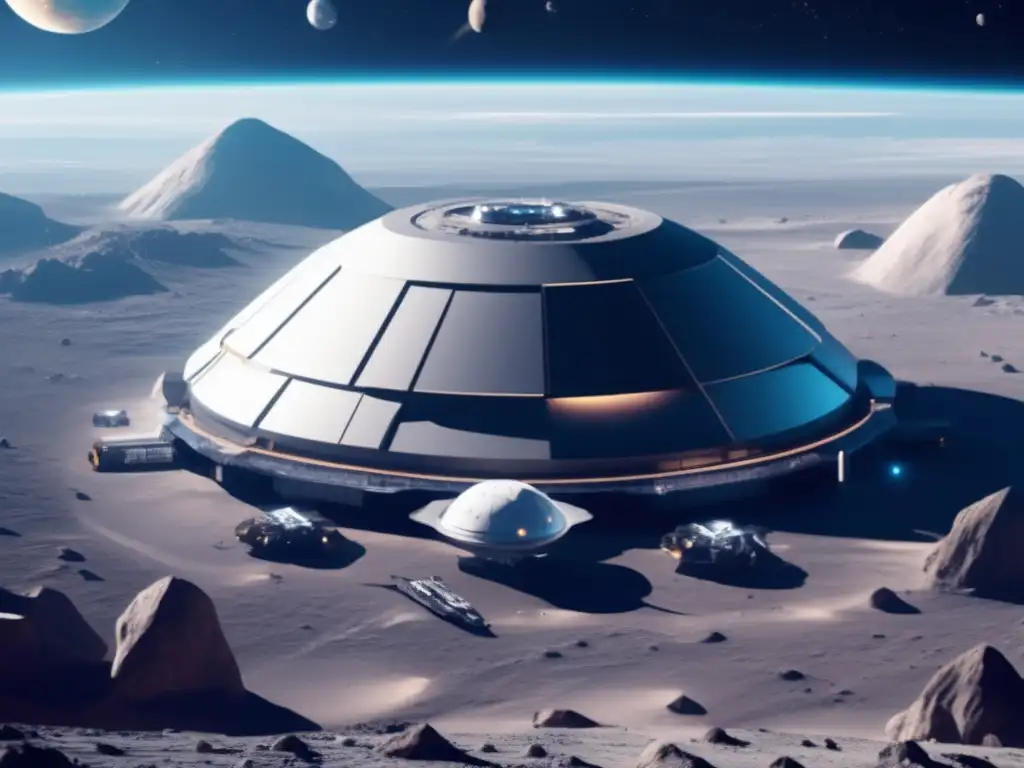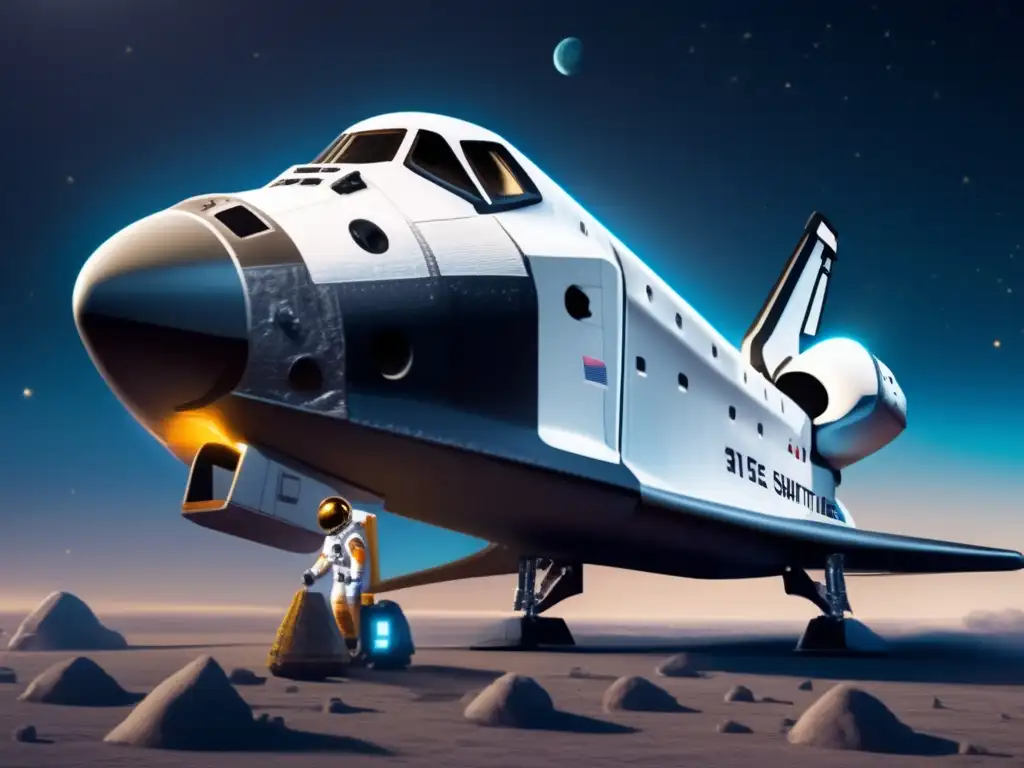From Earth To Asteroids: Transport Challenges In Space Mining

Introduction
Space mining has emerged as a promising avenue for resource acquisition, with asteroids being a focal point in this endeavor. However, the transportation of equipment, personnel, and mined resources between Earth and asteroids presents various challenges. In this article, we will explore the intricacies of transporting materials in space mining operations, highlighting the hurdles and potential solutions.
Asteroid Selection and Mission Planning

The Importance of Asteroid Composition
A crucial consideration in space mining is selecting suitable asteroids based on their composition. Different asteroids offer varying concentrations of valuable resources such as platinum, gold, rare earth metals, and water ice. Mission planning must take into account the desired commodities and identify asteroids that possess high concentrations of these resources.
Transfer Trajectories: Efficient Routes
To optimize transport efficiency, mission planners must determine transfer trajectories that minimize fuel consumption and travel time. Gravity assists from planets, such as using Mars for trajectory adjustments, can significantly reduce energy requirements. Innovative propulsion technologies, like ion thrusters and solar sails, are also being explored to propel spacecraft efficiently.
Harvesting and Processing Methods
Transportation logistics are intrinsically linked to the chosen harvesting and processing methods. Depending on the asteroid's composition, extraction techniques may vary from drilling to surface excavation. Efficient processing methodologies must also be devised to extract and refine the desired resources while minimizing weight and volume restrictions during transport.
Asteroid Exploration and Surveying

Remote Sensing and Robotic Missions
Before initiating actual mining operations, thorough exploration and surveying of asteroids are essential. Robotic missions equipped with remote sensing instruments play a crucial role in gathering information about the asteroid's composition, structure, and potential hazards. These missions assist in selecting suitable landing sites and guide subsequent mining activities.
Prospecting for Valuable Resources
Prospecting involves identifying regions within an asteroid that contain high concentrations of valuable resources. Remote sensing data, combined with on-site analysis by robotic explorers, aids in assessing the resource distribution. By accurately mapping these areas, mining operations can be focused on specific locations, enabling efficient resource extraction and transportation.
Sample Return Missions
To overcome the challenges of transporting large quantities of mined resources, sample return missions are often undertaken. These missions collect small samples from the asteroid and return them to Earth for analysis. By understanding the precise composition and properties of the asteroid material, scientists can refine extraction and processing techniques, optimizing future transport strategies.
Resource Extraction and Storage

In-Situ Resource Utilization
In-situ resource utilization (ISRU) refers to the extraction and utilization of resources directly from the asteroid. This approach reduces reliance on Earth-supplied materials and lowers the transportation burden. ISRU techniques, such as water extraction and purification for fuel production, enable sustainable space mining operations while minimizing the need for resource transportation.
Storage Challenges and Solutions
Transporting resources effectively requires efficient storage solutions. Raw materials and processed commodities must be securely stored onboard spacecraft, ensuring stability and preventing degradation during transit. Innovative storage methods, such as cryogenic freezing or vacuum-sealed containers, help maintain the integrity and quality of the resources throughout the transportation process.
In-Orbit Assembly and Refueling
Large-scale space mining operations may involve assembling infrastructure in orbit to process and store resources. This approach reduces the need for transporting fully assembled structures from Earth. Additionally, in-orbit refueling stations and depots can provide a means for spacecraft to replenish propellant supplies, enabling extended missions or facilitating resource transfers to other destinations.
Frequently Asked Questions

-
Can asteroids be towed back to Earth for mining?
No, towing entire asteroids back to Earth is currently unfeasible due to their enormous size and mass. Instead, sample return missions are conducted to obtain valuable data and guide future mining operations.
-
What challenges do robotic missions face in asteroid exploration?
Robotic missions must overcome challenges such as navigating irregular terrains, avoiding hazardous areas, and autonomously conducting on-site analyses without human intervention.
-
How do we ensure the safety of transporting mined resources through Earth's atmosphere?
The re-entry of mined resources requires careful planning and engineering. Protective heat shields and robust packaging ensure the safe delivery of resources to Earth's surface.
-
Are there any regulations governing space mining and resource transportation?
Currently, international agreements and treaties are being developed to establish guidelines for space mining activities, including the transportation of resources.
-
How does space mining contribute to sustainable resource utilization?
Space mining reduces Earth's resource depletion by utilizing extraterrestrial materials. It enables the development of a self-sustaining economy in space, providing a long-term solution for resource acquisition.
Conclusion
The transport challenges in space mining represent significant hurdles to overcome. However, through advancements in exploration techniques, resource extraction methods, and innovative transportation strategies, the dream of harnessing the wealth of asteroids becomes more attainable. By tackling these challenges head-on, we open up new possibilities for resource acquisition and sustainable space exploration.
We invite you to share your thoughts and join the discussion at www.asteroidrealm.com. Subscribe to stay updated with the latest developments in asteroid mining and encourage others to explore the fascinating realm of space resources. Thank you for your time and attention.
Additional Resources

For further information on asteroid mining and space resources, please consult the following:
- NASA: Asteroid Redirect Mission
- European Space Agency: Asteroid Mining
- Mining.com: Space Mining News
 Futuristic Professions: Careers In Asteroid Mining
Futuristic Professions: Careers In Asteroid Mining The Promising Future Of Asteroid Mining
The Promising Future Of Asteroid Mining Asteroid Mining And Its Impact On The Aerospace Industry
Asteroid Mining And Its Impact On The Aerospace IndustryIf you want to discover more articles similar to From Earth To Asteroids: Transport Challenges In Space Mining, you can visit the Asteroid Mining and Resources category.
Leave a Reply

Articulos relacionados: